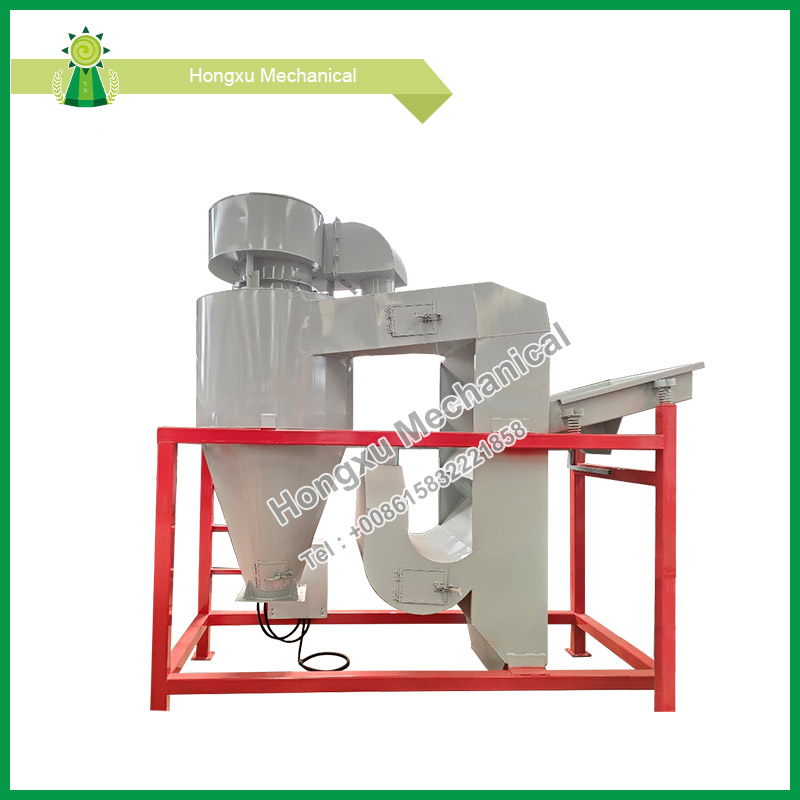Separation Equipment: Key Technologies in Industrial Efficiency and Sustainability
2025-04-23
Separation equipment plays a vital role in numerous industries by facilitating the separation of different materials or substances from each other. Whether in chemical processing, food production, pharmaceuticals, or environmental management, these machines are crucial in maintaining efficiency and purity in various processes. Their ability to separate materials based on their physical properties, such as size, density, or chemical composition, makes them indispensable in modern manufacturing and production lines.
The function of separation equipment varies depending on the application and type of materials being processed. Common methods used in separation include filtration, centrifugation, sedimentation, and membrane technologies. Each method is tailored to suit specific requirements, such as particle size, viscosity, and chemical properties. For instance, filtration systems are widely used to separate solids from liquids or gases, making them essential in water treatment plants, food and beverage production, and pharmaceutical manufacturing. These systems often involve the use of filters or membranes that allow the desired fluid to pass through while trapping unwanted particles.
Centrifugation, on the other hand, utilizes high-speed rotation to separate materials based on their density. This method is commonly found in laboratories, where it is used to isolate different components of a sample, such as separating blood plasma from red blood cells or extracting oils from seeds. Centrifuges are also used in industries like dairy production, where they help separate cream from milk, or in petrochemical plants for separating different oil fractions.
Sedimentation is another form of separation that relies on gravity to separate heavier particles from liquids or gases. It is commonly used in water treatment facilities to remove suspended solids from wastewater, in mining to separate ores, and in chemical processes where solid and liquid phases need to be divided. The sedimentation process is often the first step in a series of separation techniques, as it helps to reduce the load on more advanced separation equipment, making subsequent processes more efficient.
Membrane separation technology, which includes processes such as reverse osmosis and nanofiltration, has gained significant attention due to its efficiency in purifying water and separating substances at the molecular level. Reverse osmosis, for example, is widely used in desalination plants to remove salt from seawater, providing clean drinking water in arid regions. It is also employed in various industries to purify water used in manufacturing processes or to remove contaminants from food products.
The choice of separation equipment is largely influenced by the characteristics of the materials to be separated, as well as the desired output. For example, in the food industry, separation equipment must not only perform efficiently but also meet strict hygiene and safety standards. Similarly, in the pharmaceutical industry, equipment must be capable of producing high-purity products while avoiding contamination. As a result, the design and materials used in separation equipment vary significantly depending on the industry and its specific needs.
Separation equipment also plays an essential role in sustainability efforts by enabling the recycling and reuse of materials. In waste management, for example, equipment such as magnetic separators, air classifiers, and vibrating screens are used to sort and separate recyclable materials from general waste. This process is key to reducing the environmental impact of waste and promoting a circular economy. By enabling the recovery of valuable materials, separation equipment helps industries minimize waste and reduce the need for new raw materials.
The development of separation technologies continues to evolve, with innovations aimed at improving efficiency, reducing energy consumption, and enhancing automation. Advanced sensors, real-time monitoring systems, and AI-driven controls are being integrated into separation equipment, making it smarter and more adaptable to changing processing conditions. These advancements help businesses increase throughput, reduce costs, and meet stringent environmental regulations.
As industries continue to grow and evolve, the demand for more efficient and versatile separation equipment will only increase. Whether in the form of centrifuges, filters, membranes, or other technologies, the ability to separate materials effectively is integral to ensuring the quality, safety, and sustainability of products. The role of separation equipment is expected to remain central in industrial processes, driving innovation and helping industries meet the challenges of modern production.



